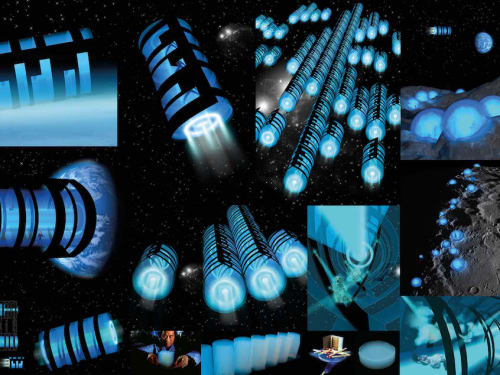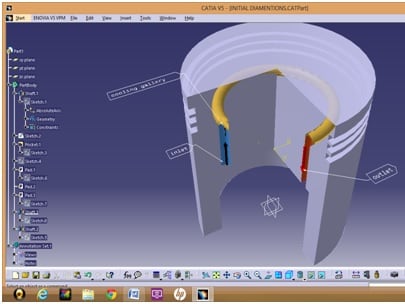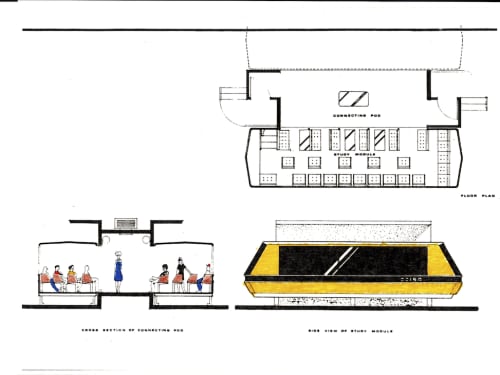Congratulations to Our 2025 Grand Prize and First Place Winners!
Imersiv, a breakthrough technology that improves audio performance by 100X compared to today’s very best audio equipment for applications ranging from sound engineering to space missions to medical imaging, was named the $25,000 grand prize winner at a live finalist round held November 7 in New York. Click here for the full list of winners. Also see the Top 100 highest scoring entries. Special thanks to our esteemed panel of judges.
Help build a better tomorrow
Since Tech Briefs magazine launched the Create the Future Design contest in 2002 to recognize and reward engineering innovation, over 16,000 design ideas have been submitted by engineers, students, and entrepreneurs in more than 100 countries. Join the innovators who dared to dream big by entering your ideas in our 2026 contest opening March 1.
Read About All the 2024 Winning Inventions

Special Report spotlights the eight amazing winners in 2024 as well as honorable mentions in each category, plus the top ten most popular entries as voted by our community.
Click here to read moreA ‘Create the Future’ Winner Featured on ‘Here’s an Idea’
Spinal cord injury affects 17,000 Americans and 700,000 people worldwide each year. A research team at NeuroPair, Inc. won the Grand Prize in the 2023 Create the Future Design Contest for a revolutionary approach to spinal cord repair. In this Here’s an Idea podcast episode, Dr. Johannes Dapprich, NeuroPair’s CEO and founder, discusses their groundbreaking approach that addresses a critical need in the medical field, offering a fast and minimally invasive solution to a long-standing problem.
Listen nowThank you from our Sponsors
“At COMSOL, we are very excited to recognize innovators and their important work this year. We are grateful for the opportunity to support the Create the Future Design Contest, which is an excellent platform for designers to showcase their ideas and products in front of a worldwide audience. Best of luck to all participants!”
— Bernt Nilsson, Senior Vice President of Marketing, COMSOL, Inc.
“From our beginnings, Mouser has supported engineers, innovators and students. We are proud of our longstanding support for the Create the Future Design Contest and the many innovations it has inspired.”
— Kevin Hess, Senior Vice President of Marketing, Mouser Electronics
contest
Contest
Take the sky with you leaving Earth.
Earth's atmosphere is a unique substance that people are looking for on other planets vainly. This light blue veil gently enveloping Earth gives us clouds of dream's star. How to take the sky with itself?
Aerogel will help us. Aerogel is a material that is 98.2% air.
This research presents an innovative application of evaporative cooling to provide thermal comfort in the cabin of slow and medium speed vehicles. Conventionally vapor compression refrigeration systems are used for air conditioning in automobiles which account for significant fuel/energy consumption under high cooling loads. Additionally, use of CFC based refrigerants imposes threat for global warming.
The instability in spacecraft was found to be the result of interaction between liquid lateral sloshing modes and the attitude control which tends to deviate the spacecraft from its trajectory. Sloshing phenomenon (refers to movement of liquid surface inside a container) can be seen in all vehicles that undergoes accelerated motion.
Seeds are the beginning.
In a tiny volume, millions of years of evolution, packed in a smart code, the DNA. As soon as the smart code is activated by sunlight, water and ground, information unfolds to create the plant, hemp. What better way to transport potentiality through space and express it at destination?
Ever increasing specific power of diesel engines has put huge demand on effective thermal management of the pistons for the desired reliability and durability. The life of the piston is related to the temperature distribution in it because of the operating variables.
My personal goal is to be able to use a quad-copter from my vehicle, i.e. to survey a crowded parking lot and locate an available parking space. So I want a convenient and secure way to transport, launch, control, retrieve and recharge a video-equipped copter from my vehicle.
Recently I invented a hurricane protective system for building external openings [1], which provides capability to release and remove shutter panels from the inside of the building. One of my friends joked that I invented this because of paranoia. Well, he may be right… However,
The quantity and quality of electrical energy available in a locality is an indication of the quality of life of those living there. The ease of power availability at a picnic or field trip location is cumbersome. To deal with this challenge gasoline powered micro generators are used. However these are costly to run,
Profitability in business is measured as the difference between input (resources) and the output (outcome of transactions). Power supply for use by micro and small scale business enterprise (MSSE) is quite challenging especially when accessibility to national power grid is unavailable.
THE M.L.M. (MOBILE LEARNING MODULE)
A NEW SPACE FOR EDUCATION
Education, both general and explicit, is generally accepted as the essential ingredient of social and economic success of nations and institutions. This happens, not by chance, but by unrelenting effort by educators and those who support this proposition of the future.
Page 510 of 1029



















